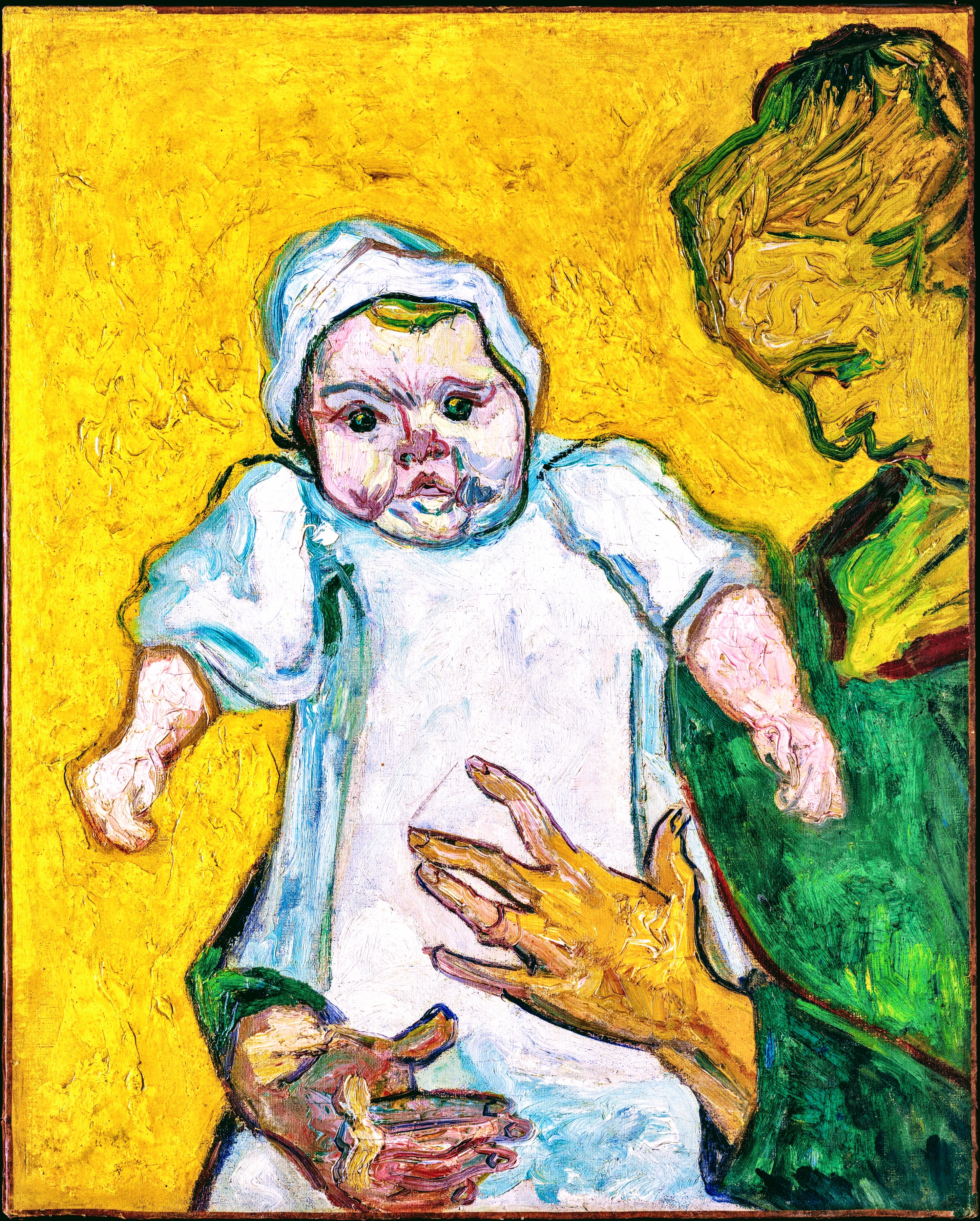Many people think of baby talk as a combination of silly words and poor grammar. Actually, according to a new study from the University of Washington, true baby talk (not just traditional baby talk), called parentese, motherese and fatherese, can significantly boost your infant's brain and language development.
Parentese is proper adult speech spoken in a different cadence, using real words and correct grammar, at a slower tempo, with higher pitch and intonation. This speaking style, once called "motherese," is used today in almost every language in the world, not only by mothers but also by fathers, grandmothers, grandfathers, older siblings, uncles, aunts, and (good) babysitters. All these people are intuitively aware that this kind of speech, even limited to babbling, is beneficial for a child.
Patricia Kuhl is the co-director of the Institute for Learning & Brain Science at the University of Washington, and an internationally known pioneer in the use of brain imaging. She describes the main characteristics of parentese as follows: 1. A higher overall pitch, about an octave higher. 2. The intonation contours are very curvy, the lows are lower, the highs are higher, sounding both excited and happy. 3. The rhythm of the speech is slower, with pauses between phrases, giving the baby time to really participate in the social interaction.
This stimulation of their social brain is key to boosting infants' language development. They instinctively prefer parentese, as if they were wired to respond to it, which may well be the case. "The more parents naturally use parentese in their homes when speaking to their children, the better and faster those language skills develop," Kuhl said. "So, it turns out that parentese is a social catalyst for language. It gets kids not just listening but talking."

Picture: Portrait of Madame Roulin and her Baby, by Vincent Van Gogh (Wikimedia Commons, w/Effects)

